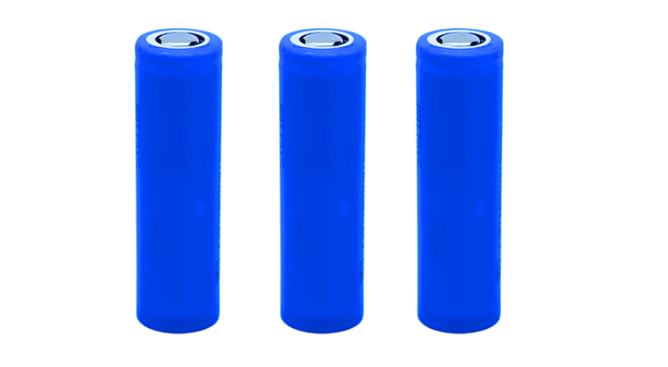What aspects should be noted in the production process of 18650 lithium batteries!
The production process of lithium batteries varies depending on different lithium battery manufacturers, but due to the same principle, the main production processes of lithium batteries are basically the same. Generally, there are processes such as batching, coating, rolling, cutting, slitting, welding electrode ears, winding, packaging, baking, injection, forming, molding, and capacity testing.
Lithium batteries occupy a place in people's daily lives, but where do they come from? What are the production processes of lithium batteries? Although there are some differences in the production process of lithium batteries depending on different
lithium battery manufacturers, the main lithium battery production processes are basically the same due to the same principle.

In the essential steps of lithium battery production process mentioned above, five aspects should be noted from material selection to post molding capacity detection:
1、 Improving the physicochemical structure of positive and negative electrode active materials is a fundamental step in the production process of lithium batteries
1. Proper ion doping of materials,
2. Improve the particle size distribution of active materials to avoid excessively wide particle size distribution,
3. Try to use materials with disordered layered structures or thinner layer structures,
4. Improve the surface structure of electrode materials;
2、 The high bonding strength of electrode coatings is beneficial for reducing the rate of decrease in cycling capacity, which is the most technologically advanced process in lithium battery production. Therefore, attention should be paid to:
1. The adhesive and solvent used to form the adhesive material should be pure, and the coated electrode should not be stored for too long,
2. The ratio of adhesive and active substance used in the mixture of positive and negative electrode coating should be appropriate to ensure that the coating does not shed powder or powder after coating;
3、 Optimization of electrolyte composition, the production process of lithium batteries requires the electrolyte to maintain capacity and extend battery life:
1. By optimizing lithium salts, solvents, and additives, the conductivity of the electrolyte is improved and polarization is reduced,
2. Inhibit the reaction between the positive electrode material and the electrolyte,
3. By controlling the appropriate specific surface area and conducting surface treatments such as coating, film formation, and surface chemical reactions on carbon negative electrode materials, the surface structure of negative electrode materials can be improved;
4、 After the preparation of battery materials is completed, the production process of lithium batteries enters the assembly stage. At this time, attention should be paid to:
1. The negative electrode capacity is slightly larger than the positive electrode capacity,
2. After winding the positive and negative electrodes and the separator, the gap particle size between the positive and negative electrodes and the separator shall not exceed 0.5mm, and the vertical deviation shall not exceed 0.5mm.
5、 When conducting capacity testing, it is advisable to follow national standards and charge at a low rate, usually 0.2C.
In general, during the manufacturing process, attention should be paid to the following proportional relationships: the compaction density of the polarizer and the polarizer, the excess rate of the negative electrode, the formulation process, and the appropriate amount of electrolyte and positive and negative electrode combinations.
The time for each step in the production process of lithium batteries varies. Generally, the batching, baking, and formation time is long, ranging from about 10 hours to two days and two nights; Other processes are relatively fast, taking an average of 5-6 hours. The entire lithium battery production process takes about 15 days.
